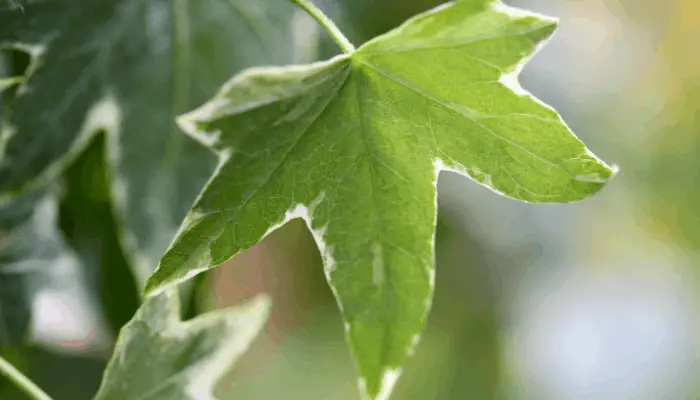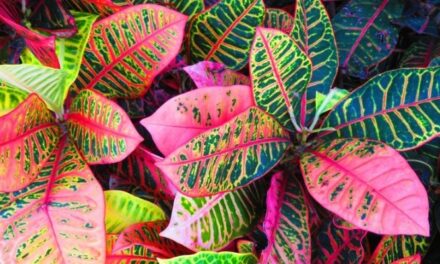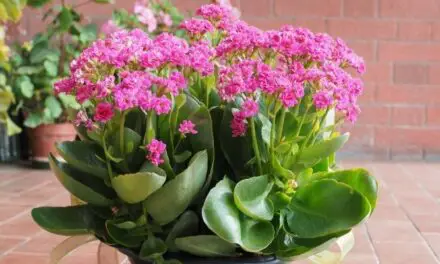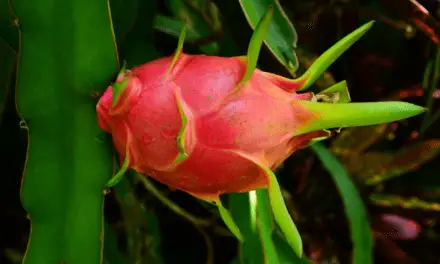It’s a situation every ivy plant grower hates to find themselves in: for a while now, you’ve been growing a beautiful English ivy plant.
Whether outside or potted indoors, it was doing great but issues just began to develop.
The edges of your English Ivy have begun to dry, brown, and go crispy.
It’s devastating to see the health of your gorgeous plant go downhill and what’s more, the problem doesn’t seem to want to go away on its own.
Table of Contents
How To Treat Dry And Crispy English Ivy Leaves

More often than not, browned crispy leaves are happening because you’re using too much water. But of course, there are other issues you should check the plant for if you know you’re not overwatering it.
Change How You Water Your Ivy
Root rot is a problem for most plants and English ivy is no exception.
This is a fungal disease destroying plant roots, which makes them unable to take in water and nutrients.
Because the ivy suffers, the leaves begin to brown, dry up and become brittle.
Use a finger to test the top one inch of the soil; if the top inch is very dry, your ivy is in need of water.
You can give it some water by pouring it onto the topsoil.
Only water your English ivy when the topsoil is dry. Test the soil with your finger and if the top inch is dry your ivy needs water.
And try to use only room temperature or lukewarm water so you don’t shock your plant or damage its roots.
Make sure potting containers have plenty of drainage too.
Add water to the pot until you see it seep through the holes and if there’s a tray under the pot, spill the excess off.
If your ivy is outside, make sure it rests in a location where water doesn’t collect and that the soil is rich and well-drained.
English ivy does not like to be left sitting in water or soil that’s too wet.
Stop Using Tap Water
Tap water can be a serious issue as well because it can contain a high amount of mineral salts.
If you do have to use tap water, allow it to sit overnight so it can reach room temperature and won’t shock the plant by coming out of the faucet too hot or cold.
Most water supplies are also treated with chlorine and when you let the tap water sit overnight, the chlorine should evaporate.
Water indoor ivies with distilled water rather than tap.
If you suspect your plant’s health is failing because it’s being watered with tap water, replant the ivy in fresh, clean, and nutrient-rich potting soil.
Be sure to use a different pot too.
And continue to water your plant with only distilled water.
Related Article: Do Succulents Need Distilled Water? (Or Is There A Better Choice?)
Increase Or Decrease Fertilizer Usage
Outdoor ivy usually doesn’t require fertilizer.
But English ivy plants being kept indoors can sometimes suffer from a lack of nutrients.
If keeping your plant indoors, use a nitrogen-rich fertilizer once you see any new growth.
This is the only time you should use fertilizer on an ivy.
If too much fertilizer builds up in the soil, it may burn the leaves and turn them dry and crispy.
Don’t Let Your English Ivy Get Too Much Direct Sunlight
English ivy plants do not like direct sunlight.
Too much sun will cause your English ivy’s leaves to dry up.
You want them to sit in a place where they will have about 50/50 sunlight and shade.
Give Your Ivy More Humidity
If the surrounding air of your English ivy is too dry, it can turn brown.
This is because ivies love humidity.
If your plant is indoors, group other plants together with the ivy.
This will increase general air moisture.
You can also add pebbles to a shallow bowl, then add water and sit your ivy on top of the pebbles.
The water will then evaporate and raise the humidity level around your plant.
But, be careful with this tactic as indoor winter heat often leads to spider mites.
Combat Pests And Diseases
Pests and diseases are a common phenomenon for English ivies and you’ll have to keep your eye on it daily if you’re growing it indoors.
Spider Mites
A severe infestation of spider mites could be the culprit to your green-thumb woes.
This is more common for indoor ivies rather than ones outside.
Spider mites are tiny little black balls that attach to and eat away at the plant.
This causes it to lose nutrients, moisture and can result in the plant dying.
Wash spider mites from the plant the moment these pesky granules appear.
Once a week for three weeks, dowse your ivy in a gallon of warm, dish-soapy water.
Treat Leaf Spot
Leaf spot is a bacterial or fungal infection leaving spots all over the leaves of your English Ivy.
The only treatment for this is to remove all the affected leaves.
Next, ensure the plant has thorough air circulation.
If you don’t see a change for the better, then as a last resort apply a fungicide.
Final Thoughts
Thriving English ivy plants are a beautiful addition to any home or garden.
But there are some issues and challenges, even for a seasoned gardener.
It can take a little patience and consistent care to ensure you don’t end up with dry and crispy English ivy leaves.
But in the end, you’ll have a gorgeous ivy plant and the results will be so worth it.




